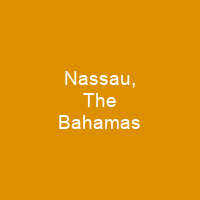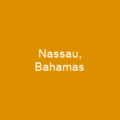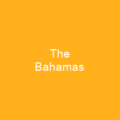Nassau is the capital and largest city of The Bahamas. It is the centre of commerce, education, law, administration and media. In 2016, Nassau had a population of 274,400, or just over 70% of the entire population of the Bahamas. The name Nassau derives from the town of Nassaur in Germany.
About Nassau, The Bahamas in brief

The name Nassau ultimately derives from the town of Nassaur in Germany. It was founded in 1670 by British noblemen who brought British settlers with them to New Providence. They built a fort, and named it Charles Town in honour. of England’s King Charles II. In 1684 the town was burned to the ground during the Raid on Charles Town. It was rebuilt in 1695 under Governor Nicholas Trott and renamed Nassau in honourof William of Orange. By this time, the sparsely settled Bahamas had become a pirate haven known as New Providence and was too large to take on large battleships, though it could take around 500 vessels to accept them. By 1703 Spanish and French allied forces briefly occupied Nassau, and Nassau suffered greatly during the War of Spanish Succession and had witnessed Spanish incursions during 1703, 1704 and 1706. By the time of the 1718 attempted coup, there was no legitimate governor in the colony. Thomas Walker was the island’s last remaining appointed official and although evidence is scarce, it appears that he was acting in the role of deputy governor upon Benjamin Hornigold’s arrival in 1713. He proclaimed Nassau a pirate republic, recognising the island’S prosperous state in which it offered fresh fruit, meat and water and plenty of protection. He became the unofficial overlord of a veritable pirate republic which played host to the Flying Gang.
You want to know more about Nassau, The Bahamas?
This page is based on the article Nassau, The Bahamas published in Wikipedia (as of Dec. 30, 2020) and was automatically summarized using artificial intelligence.







